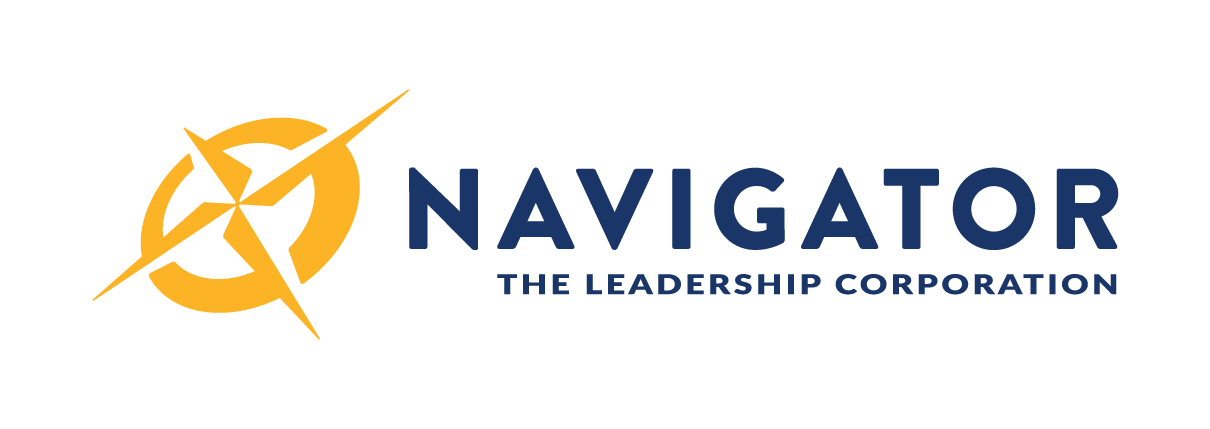(10 Principles of Modern-Day Leaders Series)
The paradigm of leadership has shifted over recent decades. With multiple generations in the workplace, a globally connected world, competitive job markets, demand for work/life balance, and fast-moving changes in technology, leaders need to adapt to changes and understand how to effectively connect with those they are leading.
In this ten-part series, we layout ten principles that modern leaders can lead with to be the most effective difference makers they can be.
Blockbuster. Kodak. Toys R Us. We’ve all heard of these former titans of industry, right? As recent as 15 to 20 years ago they were the best in their respective fields, but all have filed bankruptcy or are shut down completely.
How did that happen?
Blockbuster was offered to buy Netflix for just $50 million in 2000, but their CEO thought it was only a “very small niche business” and turned down their offer. Blockbuster was shut down 10 years later.
Kodak failed to quickly embrace the digital photo age we currently find ourselves living in, and found themselves filing for bankruptcy in 2012.
As Toys R Us found itself competing with Amazon, Walmart, and other large retailers, they failed to innovate their business model to adapt to the online retailing world. They filed for bankruptcy in 2017 and closed all U.S. stores in March of 2018.
These companies had one obvious thing in common that brought them to where they are today: Their leaders failed to embrace the direction in which their industry was moving. Each had their chance to adapt to their consumers and lead the charge in the new frontier, but they chose not to. And they paid the ultimate price.
The mark of great leadership is knowing when to embrace the direction of trends and navigate the best ways to not only adapt, but to fully embrace and become the best at adhering to the trends. Great leaders don’t try to fight or push back against the inevitable changes. They seek out the data and the information to stay one step ahead on upcoming changes in industry.
In The 21 Irrefutable Laws of Leadership, John Maxwell writes, “Leaders have the ability – and responsibility – to step back from what’s happening at the moment and to discern not only where the organization has been but also where it is headed… Leaders must always be a few steps ahead of their best people, or they’re not really leading. They can do that only if they are able to read trends.”
As a leader, here are three areas to always keep a pulse on:
- Trends in My Respective Industry: Whether you make cars, work construction, drive a truck, own a restaurant, teach, or offer a service of any kind, know what direction your industry is trending. Do occasional research and plan time in your agenda to stay informed. Ask yourself, how can we build our momentum to be one of the first to succeed in the new direction?
- Trends in Technology: Technology in the modern world moves at two speeds: Fast and too fast. Be aware of what’s coming down the pipeline. Ask yourself, how will these changes affect our business? Do we need to steer our organization to any of the advancements in technology? If so, how will it change our business?
- Trends in the Workforce: If you’re a leader that’s frustrated with “Millennials” in the workforce and what they expect from the employer, you may not want to read this, but the trend won’t be changing anytime soon. Younger generations want purpose-driven work, immediate feedback, work/life balance, and a fair opportunity for future advancement within the company. Ask yourself, who will have key leadership roles within the organization in 5 to 10 years? How can I begin mentoring these potential leaders now? Are there solutions to adapt to the expectations of younger generations in the workforce?
Take time to reflect on the above questions and plan time to study trends in your agenda each week or month. You’ll be amazed at how you see your current organization now, and what you’ll see for your future.
Contact Us
For more information on The Navigator Leadership Corporation.
Email us at info@nav2lead.com or call us at 888-771-5812
This blog was written by Nick Sherwood for the Navigator Leadership Corporation.
